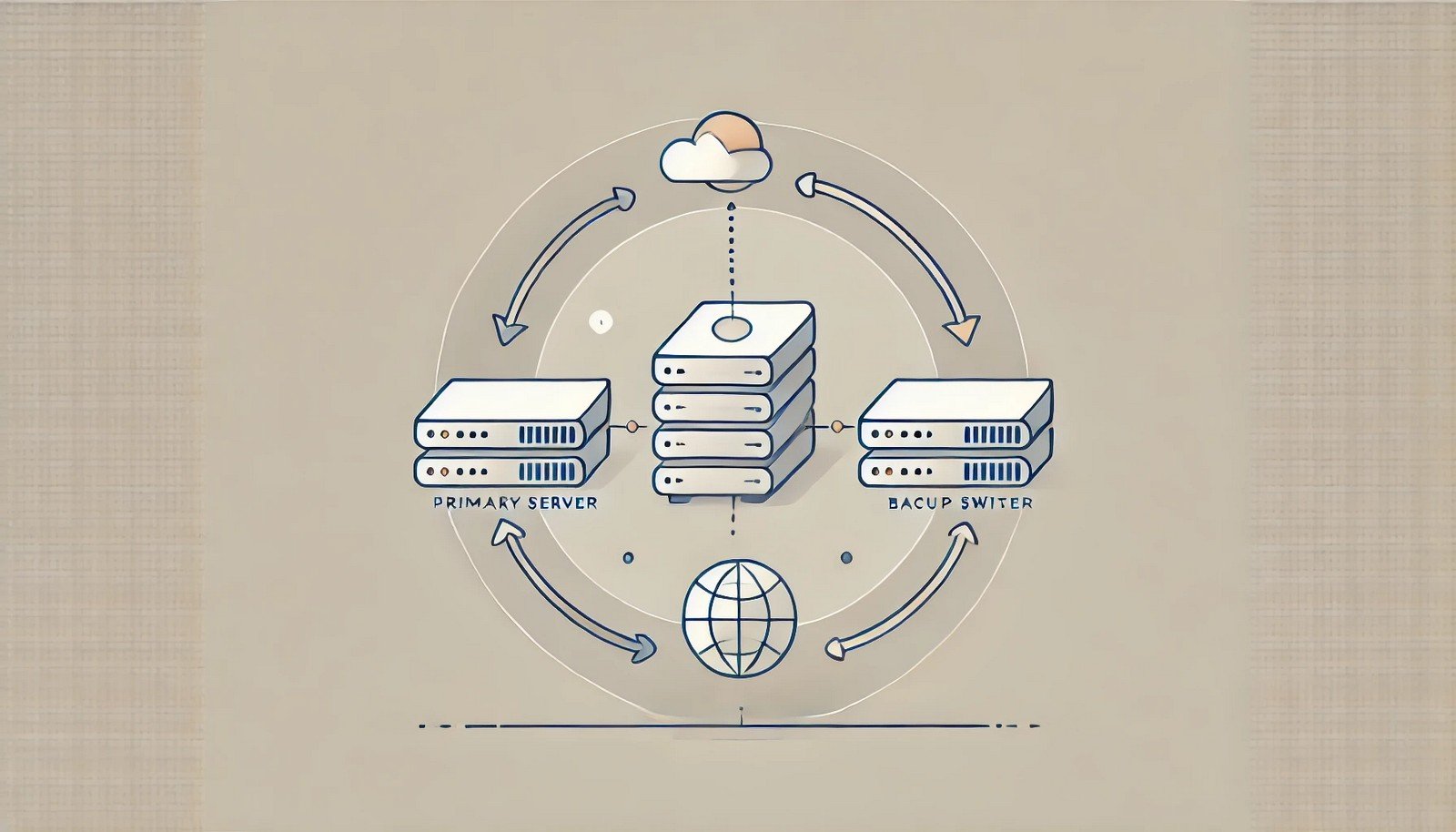Failover Mechanisms
 (Representational Image | Source: Dall-E)
(Representational Image | Source: Dall-E)
Quick Navigation:
- Failover Mechanisms Definition
- Failover Mechanisms Explained Easy
- Failover Mechanisms Origin
- Failover Mechanisms Etymology
- Failover Mechanisms Usage Trends
- Failover Mechanisms Usage
- Failover Mechanisms Examples in Context
- Failover Mechanisms FAQ
- Failover Mechanisms Related Words
Failover Mechanisms Definition
Failover mechanisms refer to the automated processes that ensure continued operation of systems, applications, or networks in the event of a failure. These mechanisms detect failures and switch to backup components, minimizing downtime and maintaining service availability. Failover strategies include active-passive and active-active configurations, often supported by redundancy techniques such as clustering, load balancing, and hot standby systems. Industries like cloud computing, telecommunications, and financial services heavily rely on failover mechanisms to ensure high availability and resilience.
Failover Mechanisms Explained Easy
Imagine you’re watching your favorite TV show, and suddenly, the power goes out. But you have a generator that automatically turns on, so you can keep watching without any interruptions. That’s how failover mechanisms work in computers and networks—they detect problems and switch to a backup system so everything keeps running smoothly.
Failover Mechanisms Origin
The concept of failover mechanisms evolved alongside early computing and networking systems in the mid-20th century. As organizations increasingly relied on digital infrastructure, the need for high availability led to innovations in redundancy and automatic recovery. By the 1980s, failover technologies became critical in mainframes, telecommunications, and data centers.
Failover Mechanisms Etymology
The term "failover" combines "fail" (referring to system failure) and "over" (indicating the transition to an alternate system). It emphasizes the process of smoothly shifting operations when a failure occurs.
Failover Mechanisms Usage Trends
Failover mechanisms have become more sophisticated with advancements in cloud computing and distributed systems. Businesses prioritize failover solutions to meet uptime requirements, especially in industries where even a few minutes of downtime can result in significant financial losses. With the rise of hybrid and multi-cloud environments, automated failover strategies using AI-driven monitoring have gained prominence.
Failover Mechanisms Usage
- Formal/Technical Tagging:
- High Availability (HA)
- Disaster Recovery (DR)
- Redundancy - Typical Collocations:
- "failover cluster"
- "automatic failover"
- "failover system redundancy"
- "failover and load balancing"
Failover Mechanisms Examples in Context
- A data center uses a failover mechanism to switch to a secondary server when the primary one crashes.
- Cloud service providers implement failover strategies to ensure 99.99% uptime for their clients.
- Financial institutions rely on failover systems to process transactions seamlessly, even during unexpected outages.
Failover Mechanisms FAQ
- What is a failover mechanism?
A failover mechanism is a system that automatically shifts operations to a backup when a failure occurs. - How do failover mechanisms work?
They detect system failures and reroute tasks to a redundant or standby system, ensuring continuity. - What are the types of failover mechanisms?
Types include active-passive (standby system takes over) and active-active (multiple systems share the load). - Why are failover mechanisms important?
They minimize downtime, maintain service availability, and prevent data loss. - Where are failover mechanisms used?
They are used in cloud computing, telecommunications, financial services, and critical infrastructure. - What is the difference between failover and redundancy?
Redundancy refers to having backup components, while failover is the process of switching to those backups when needed. - How does cloud computing handle failover?
Cloud platforms use load balancing, geo-replication, and auto-scaling to ensure seamless failover. - What is a failover cluster?
A failover cluster is a group of linked servers that work together to maintain service availability. - How does failover impact system performance?
Properly configured failover mechanisms enhance reliability but may introduce latency during switching. - Can failover be manual instead of automatic?
Yes, some systems require manual intervention, but automated failover is preferred for mission-critical applications.
Failover Mechanisms Related Words
- Categories/Topics:
- Cloud Computing
- High Availability
- Disaster Recovery
Did you know?
The New York Stock Exchange (NYSE) has advanced failover systems that ensure uninterrupted trading even if its primary data center fails. In 2015, an unexpected software issue forced a failover switch, allowing trading to resume within minutes without major disruptions.
PicDictionary.com is an online dictionary in pictures. If you have questions or suggestions, please reach out to us on WhatsApp or Twitter.Authors | Arjun Vishnu | @ArjunAndVishnu

I am Vishnu. I like AI, Linux, Single Board Computers, and Cloud Computing. I create the web & video content, and I also write for popular websites.
My younger brother, Arjun handles image & video editing. Together, we run a YouTube Channel that's focused on reviewing gadgets and explaining technology.



Comments powered by CComment